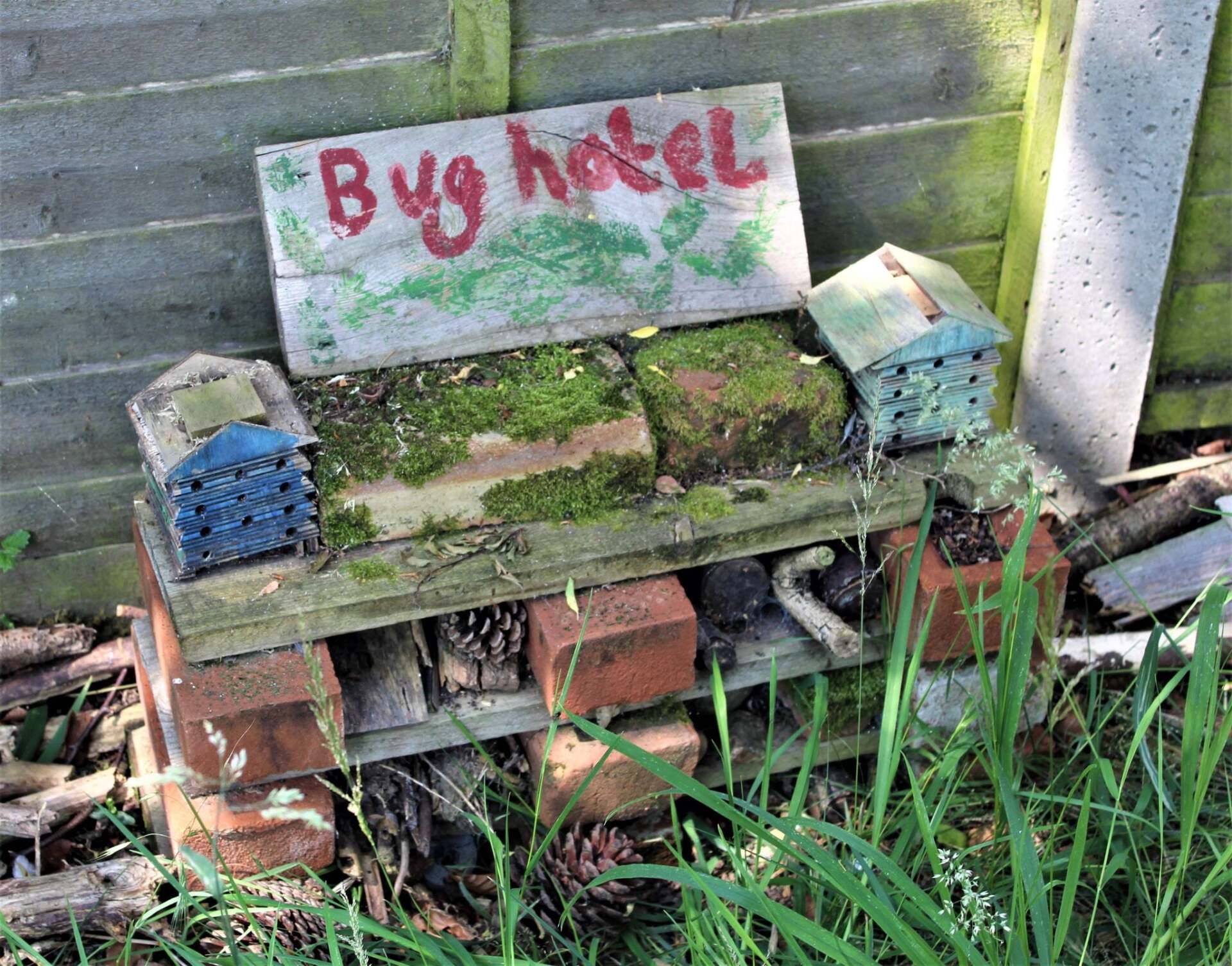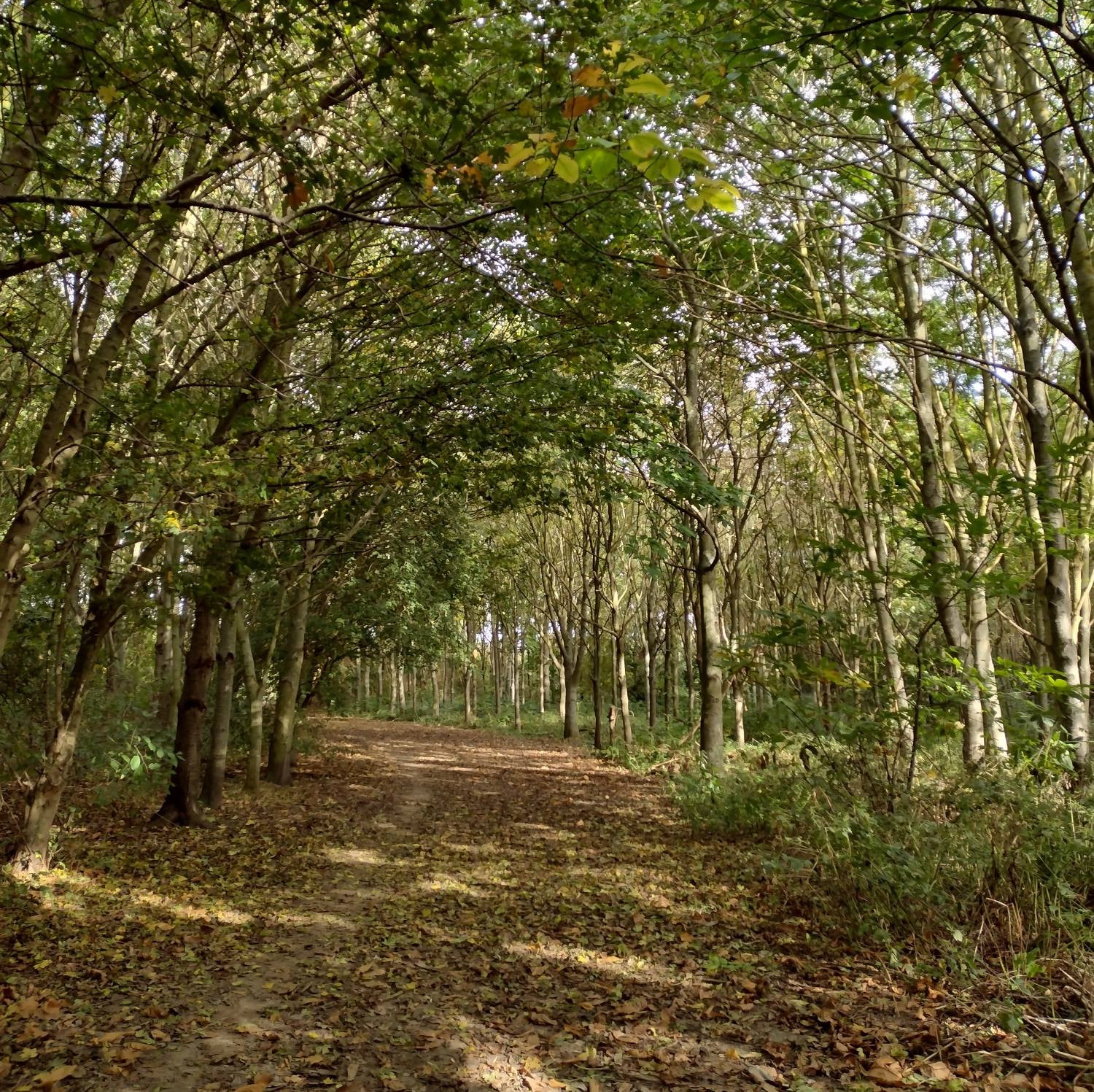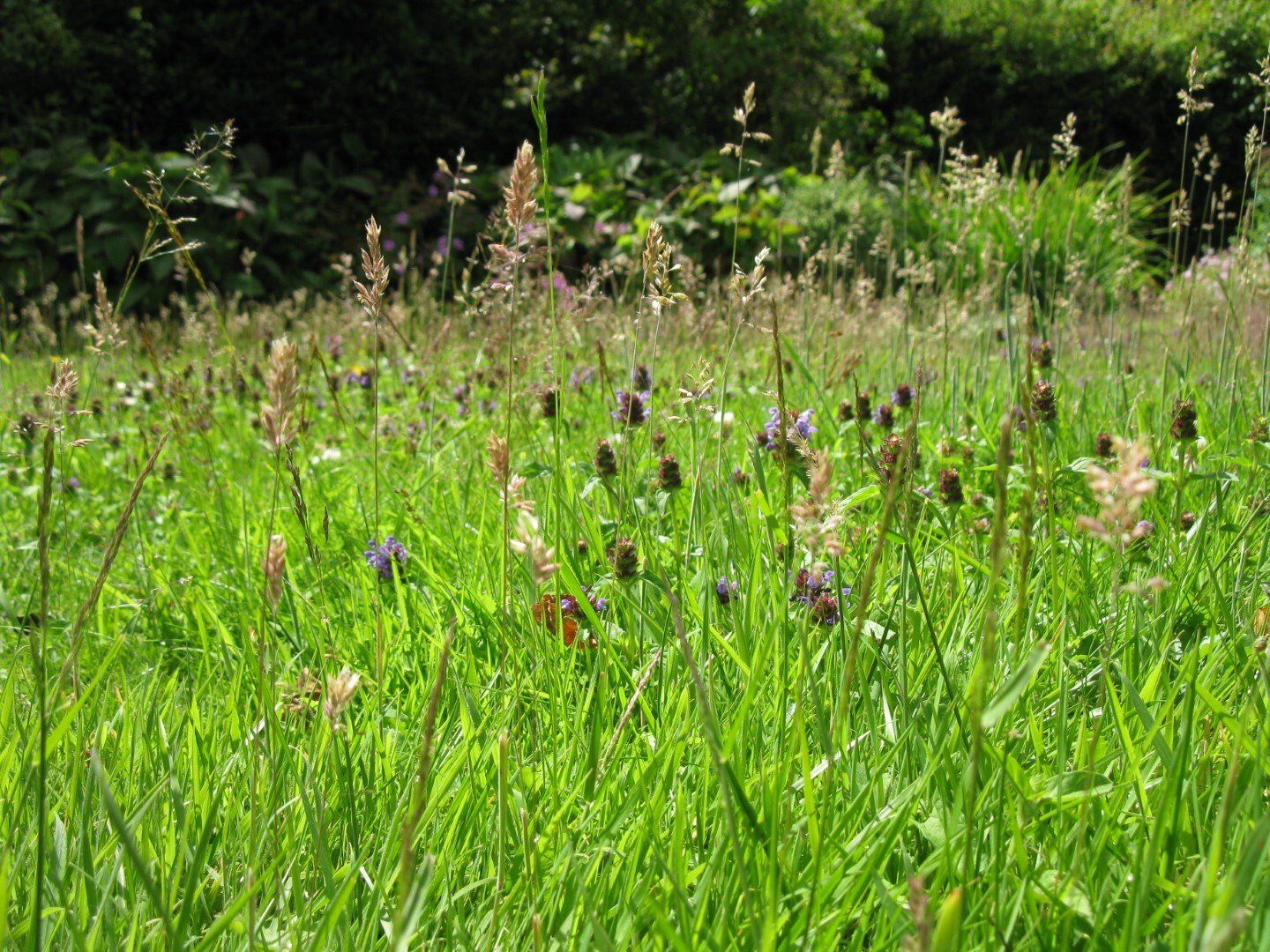Urban Greening - Felixstowe Community Nature Reserve
With nearly 2,000 members
Felixstowe Community Nature Reserve is proving how wildlife-friendly urban centres can be a huge success.
The Reserve now covers the equivalent of a football pitch, and is being used as an exemplar to other urban community groups across England, and as far afield as the USA. Here Dr Adrian Cooper explains how it's done.

Urban greening is a process of increasing the amount of land given over to trees and plants which help local wildlife. Ideally, urban greening involves planting designated areas of land with new trees and other plants. However, it may also be developed where pioneer individuals and groups start to grow new wildlife-friendly plants in small urban spaces. When others join in those initiatives, green corridors may develop. Then green networks can follow suit.
In the Felixstowe area, we have successfully developed our urban greening project since May 2015. We call it Felixstowe’s Community Nature Reserve (FCNR). It was begun as an attempt to stop the decline in local wildlife populations. FCNR has three aims which may be summarised as follows:
- To educate local people about the decline in local wildlife, and what each local person can do to stop that decline.
- To start growing new trees and plants within at least 3 square yards of their back gardens, or allotments. Additional examples of wildlife-friendly activity include re-wilding of at least 10% of garden / allotment areas, and the building of wildlife ponds, hedgehog homes and tunnels, and insect lodges.
- To help and encourage as many others as possible with these activities.
For local people who live in flats, FCNR recommends that they take part in this work by growing plants such as herbs and roses in pots on their balcony.

At the time of writing, FCNR has just over 1,700 active members. The average allocation of space for wildlife-friendly activity is 3.65 square yards. Collectively, this means that FCNR has the area of a full-sized football pitch.
In May 2020, the Felixstowe Citizen Science Group conducted an Impact Analysis on the work of FCNR. The analysis sampled the experience of improved biodiversity within the gardens of 100 members of the Community Nature Reserve. The survey showed that 62% of people in that sample found an increase in the biodiversity in their gardens since they became members of FCNR.
'Collectively, this means that FCNR has the area of a full-sized football pitch.'
The survey also found that 68% of surveyed members grow at least one of the plants recommended by FCNR in their Facebook page. Equally, 66% of people in the survey grow plants which are targeted at helping local bees. A full version of this impact analysis can be found on the Community Nature YouTube channel under the title of Impact Analysis 2020.
In the first few months of 2021, the RSPB published a feature on FCNR in their Nature’s Home magazine: a publication which is distributed to 400,000 RSPB members. That publication helped with the diffusion of FCNR’s ideas. There are presently ten other groups across the UK which have adopted and adapted the urban greening ideas of FCNR. They are:
Ipswich Community Nature Reserve - Transition Woodbridge - Bredfield Wildlife-Friendly Village
Newmarket Community Nature Reserve - Brightlingsea Nature Network - Burton Latimer Community Nature Reserve - Calne Community Nature Reserve - Hitchin Nature Network - Cosby Community Nature Reserve
Hadleigh Environment Action Team
To further develop their work, FCNR appointed a Schools Ambassador in the summer of 2021 to promote urban greening among local school children. That promotional work included the start of a Wildlife Writing, Photography and Art competition. An early product of that initiative led to some local school children’s creative writing being read out on the Felixstowe Radio station. Other targeted projects with local children are planned for 2022.

FCNR has also started to encourage local business people to plant trees within the grounds of their organizations, and to also grow more trees in their home gardens. In return, FCNR publicises those businesses as a sign of appreciation for that work.
Despite the encouraging results of this work, FCNR members still encounter cynicism from a few local people. Those cynics sometimes ask why it is necessary for an independent voluntary group, such as FCNR, to do this work. The reply, quite simply, is that no other organisation is doing this kind of grass-roots environmental work in our area. Other cynics question why any example of urban greening matters. In reply, we explain that the community nature reserve offers a legacy to the local area which will benefit the children, grandchildren, nieces and nephews of all local people. It's also great for nature, which as we know, is seeing perilous declines across many metrics. Also, greening our urban environments makes them more resilient in the face of climate change.
As an organisation, FCNR encourages local people to feel empowered to start and develop new projects without the need to discuss those plans with any centralised leadership. This decentralised form of power helps to make the community nature reserve as sustainable as possible. Examples of those micro-level projects include plant swapping, garden pot swapping and even garden cane swapping. It also includes examples of assistance, advice and support between members. In this way, FCNR can be thought of as a multi-project environment. That is, within the overall FCNR project, there is a myriad of micro projects being developed in ways which suit local members.

Felixstowe’s Citizen Science Group was established in April 2018 to quantify and analyise the work of FCNR. In addition to the Impact Analysis discussed above, the local citizen scientists try to complete at least one new project each month. The results of that work may be viewed on the Felixstowe Citizen Science Group Facebook page.
A major part of the innovation process for FCNR arises through their membership of the National Biodiversity Network: the UK’s largest network of conservation groups. Felixstowe’s Citizen Science Group is also a Network Supporter of the European Citizen Science Association. In this way, new ideas from a wide catchment area are drawn into local work in the Felixstowe area.
The main conclusion to be drawn from this discussion is that FCNR has established an approach to urban greening which appears to be successful and sustainable. While there is no room for complacency, there is a place for hope within the future strategies of urban greening in the UK and beyond. Encouraging youth participation will be essential to that work.
WildEast Blog

Powered by LocaliQ
Follow Us
SIGN UP FOR NEWS & UPDATES
Newsletter Sign Up
Thank you for signing up to our newsletter.
Please try again later.
Privacy / Terms & Conditions / Sitemap
